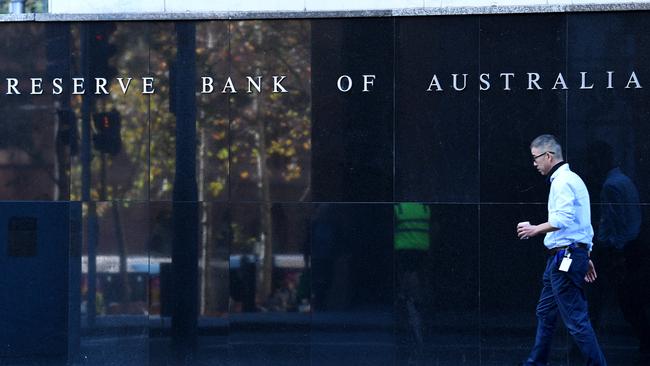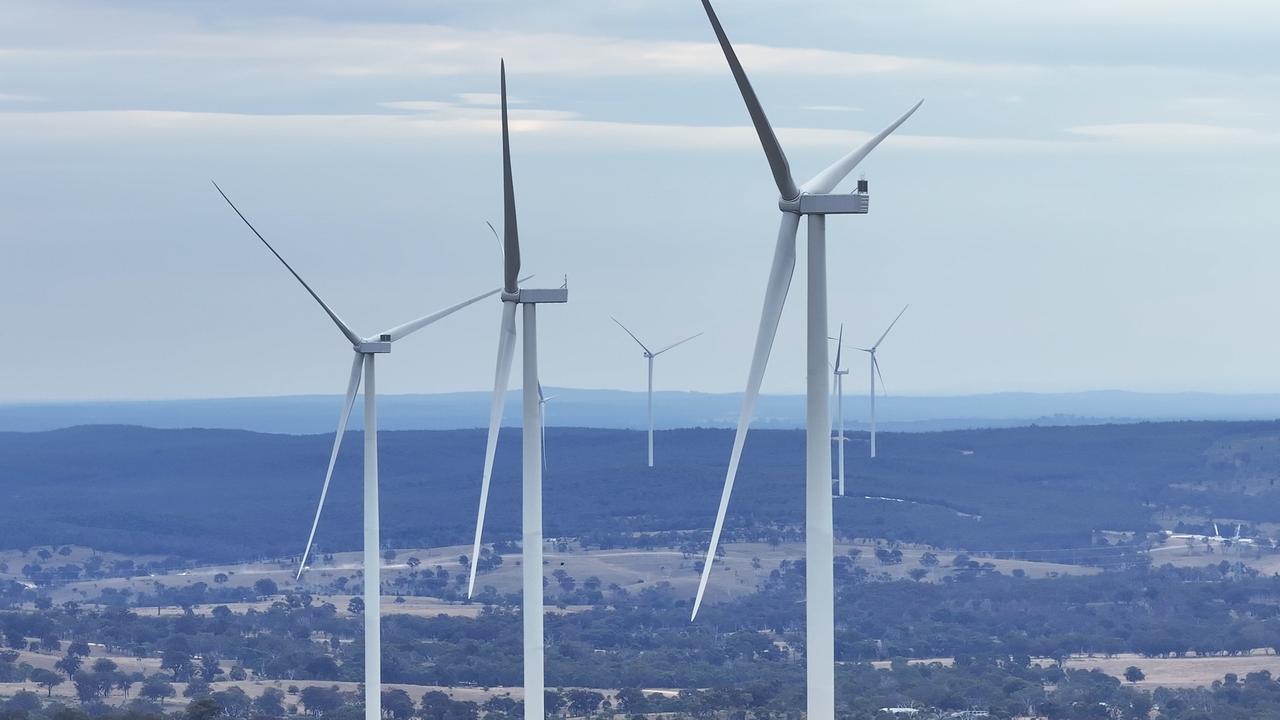UBS issues recession warning as interest rate pressures build
Risks are building at the start of a busy week for financial markets, with UBS warning that overly rapid rate hikes could ‘crash the housing market and cause a recession’.

Business
Don't miss out on the headlines from Business. Followed categories will be added to My News.
Risks are building at the start of a busy week for financial markets, with UBS warning that overly rapid interest rate hikes could “crash the housing market and cause a recession”.
Sharp falls on Wall Street are expected to hit the local sharemarket when trading resumes after Anzac Day and tumbling iron ore prices threaten to undermine resources sector earnings estimates.
Singapore iron ore futures fell as much as 12 per cent to a two-month low of $US133.25 a tonne on fears the spread of Covid in China could curb demand for the steelmaking ingredient at a time of plentiful port inventories, while big iron ore miners plan to keep up their supplies despite Covid.
March quarter CPI figures on Wednesday are expected to be well above the Reserve Bank’s forecasts, keeping upward pressure on interest rates after a record-breaking boom in the housing market.
The S&P 500 fell 2.8 per cent on Friday, its worst day in seven weeks, as hawkish comments from Fed chair Jay Powell raised the stakes before the release of US corporate earnings and economic data this week.
Australia’s S&P/ASX 200 index has risen more than 4 per cent in the past three weeks.
It was slightly higher for the year to date as the Ukraine war turbocharged the resources boom and dividend payments from the February reporting season flowed back into the market.
But the US benchmark has fallen more than 6 per cent in the past three weeks. The S&P 500 is down 10 per cent for the year to date, leaving a significant performance gap versus the Australian market.
If the US market breaks under its February lows the local market will be dragged down as investors cover their losses. Shares are coming up to the “Sell in May” period, which often makes May to September the weakest time of year. Australia also faces a federal election, with the Labor Party still tipped to win despite a recent narrowing of the odds in favour of the ruling Coalition.
But the elephant in the room for shares and property is market pricing for interest rates.
As of Friday, the money market predicted 309 basis points of RBA rate hikes in the next 12 months.
The RBA cash rate was expected to hit 2.42 per cent by the end of 2022 and 3.19 per cent by May 2023, implying variable mortgage rates above 5 per cent compared to about 2 per cent now.
Based on market pricing and the 3 per cent mortgage serviceability buffer, new home loan applicants two years from now may need to be able to handle a mortgage rate over 8 per cent.
An initial rate hike of 10 basis points was expected next month, but Westpac’s Bill Evans has predicted the RBA will kick off the next tightening cycle with a 40 basis points hike in June.
Ahead of Wednesday’s CPI data, UBS Australia chief economist George Tharenou lifted his inflation forecasts and said the RBA would hike by 15 basis points in June or possibly May.
Bloomberg’s consensus estimate for headline March quarter CPI of 1.7 per cent, quarter on quarter, implies the outcome will be well above the RBA’s February Statement on Monetary Policy forecast of 0.9-1 per cent. Fuel, housing construction and food are expected to boost inflation.
This is expected to see year-on-year CPI accelerate further to 4.5 per cent versus the RBA’s forecast of about 3.9 per cent (governor Lowe’s more recent comments noted they expected a spike above 4 per cent). It would be the highest since the peak in the September quarter of 2008.
It would also mark four quarters at or above the RBA’s 2-3 per cent target band, for the first time since 2011. That would follow almost seven years below the 2.5 per cent midpoint, during which inflation averaged only 1.5 per cent. However, Australian inflation is below that of other major economies, which have reached multi-decade highs of 5-8 per cent.
The RBA’s preferred measure of “underlying” – the trimmed mean – is expected to hit 1.2 per cent, quarter on quarter, and 3.4 per cent, year on year, according to Bloomberg, the most since mid-2009. “This is well above the RBA’s implied forecast of about 3 per cent and would mean that core inflation already exceeded the RBA’s expected peak of 3.25 per cent in the June quarter,” Mr Tharenou said.
He predicted the trimmed mean CPI would peak above 3.5 per cent in the June quarter. “This is a hawkish development for the outlook for the RBA cash rate, at least relative to our dovish view; albeit we still think market pricing is too aggressive at about 2 per cent this year and 3.25 per cent next year, as this could crash the housing market and cause a recession,” he added.
Given that the RBA specified that it required “additional evidence over coming months”, UBS still expected the first hike in June, by 15 basis points to 0.25 per cent.
“That said, the risk is that the more aggressive 50 basis point hikes by global central banks suggests the RBA could move more quickly,” Mr Tharenou said.
“However, a caution for the RBA is the drop in consumer sentiment in April.”
More Coverage
Originally published as UBS issues recession warning as interest rate pressures build





